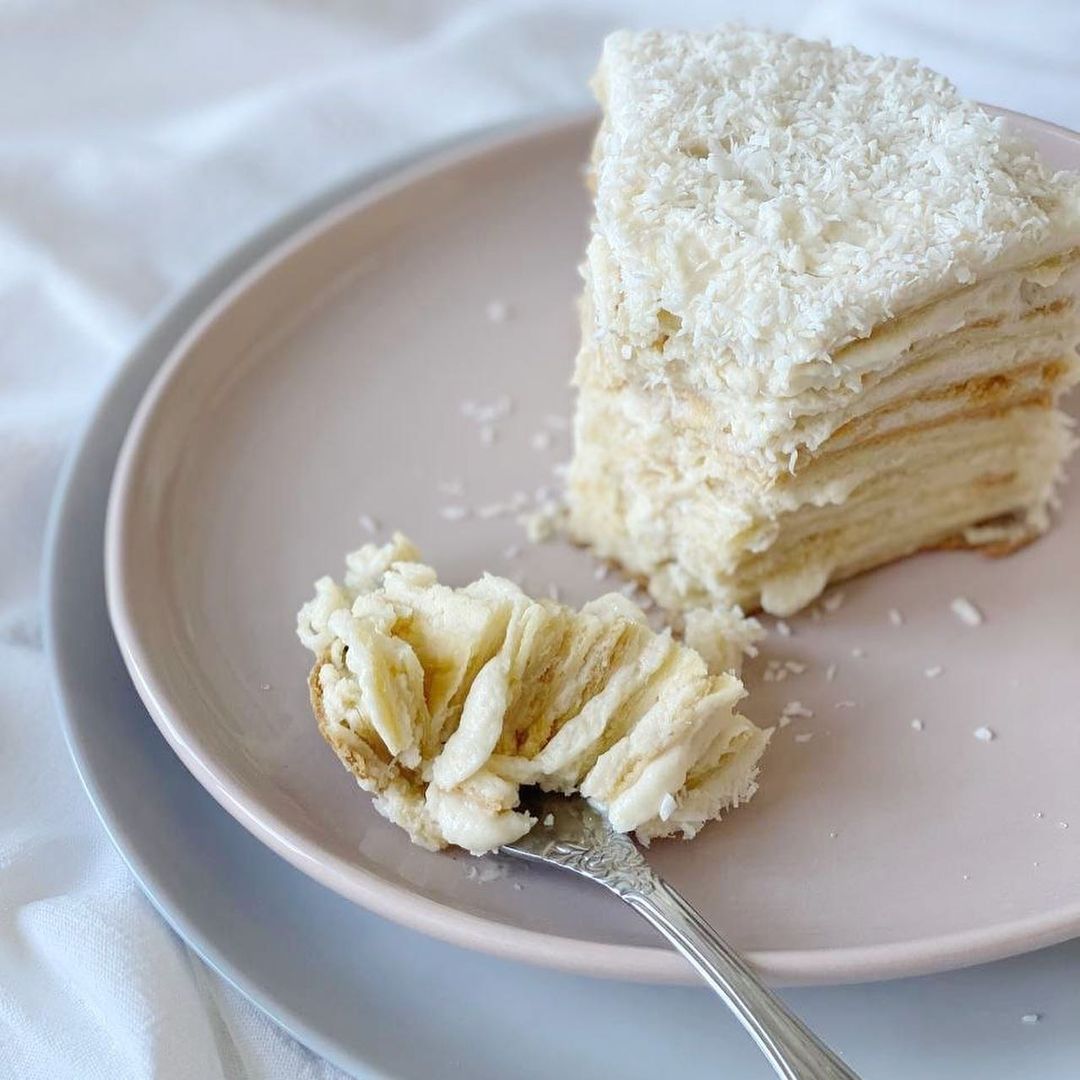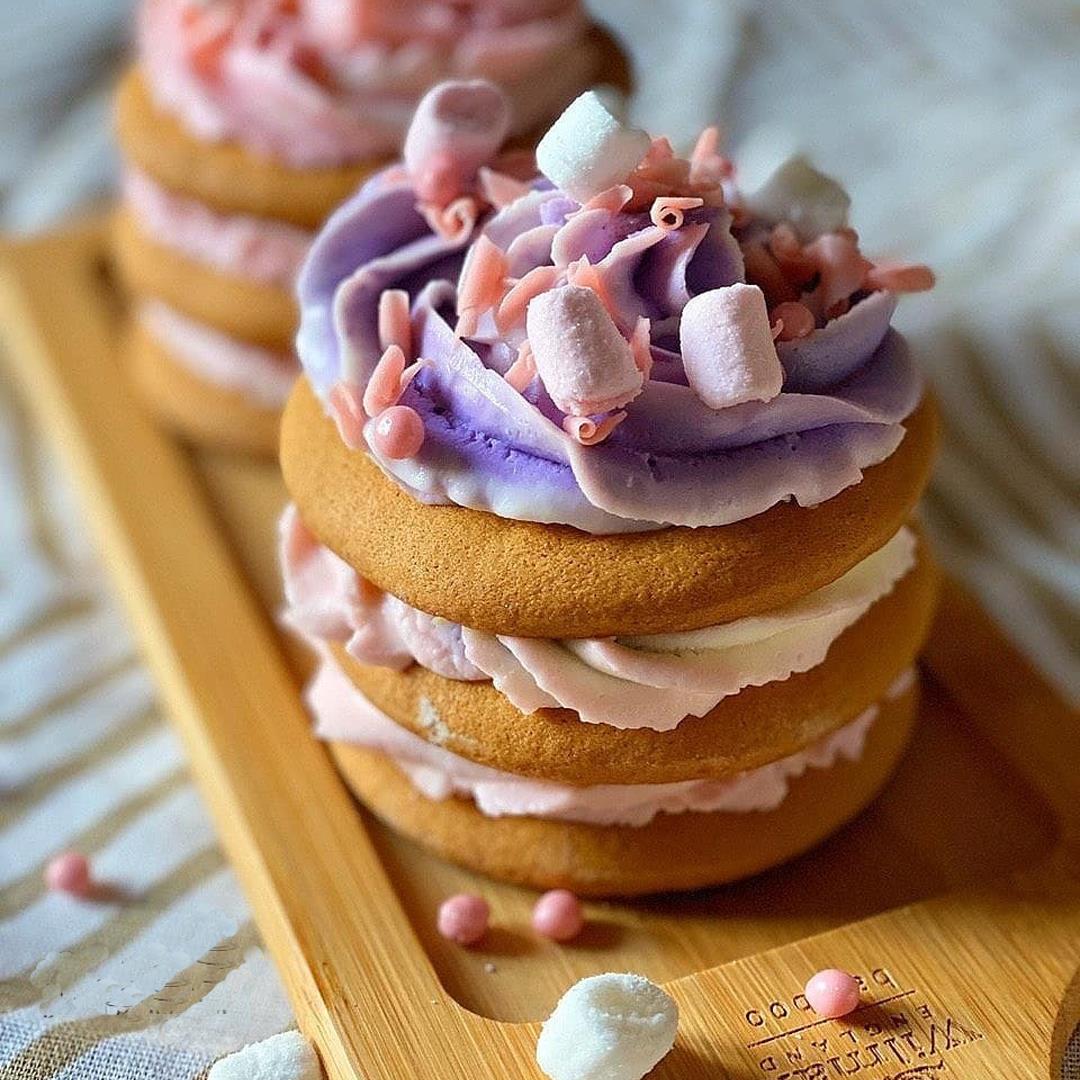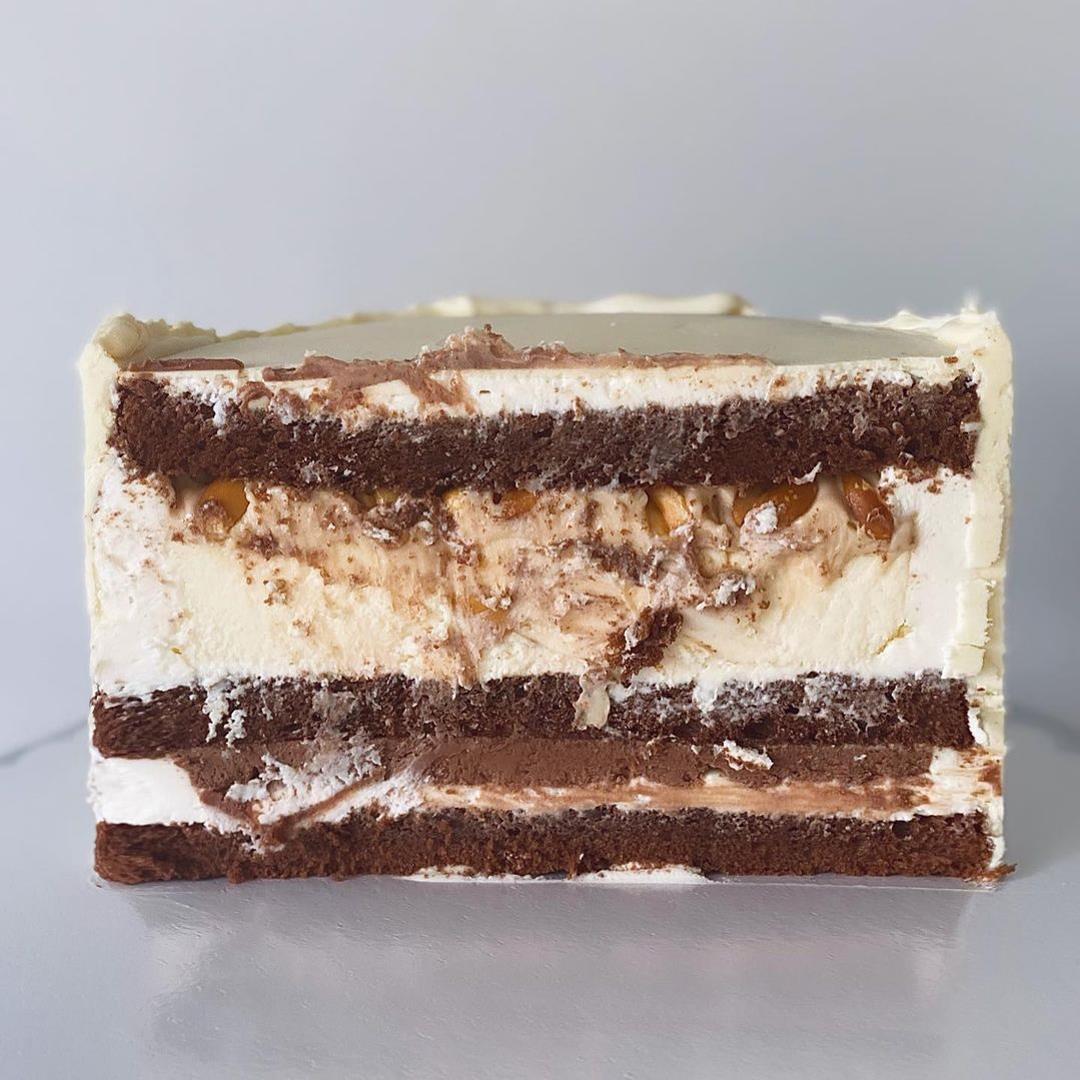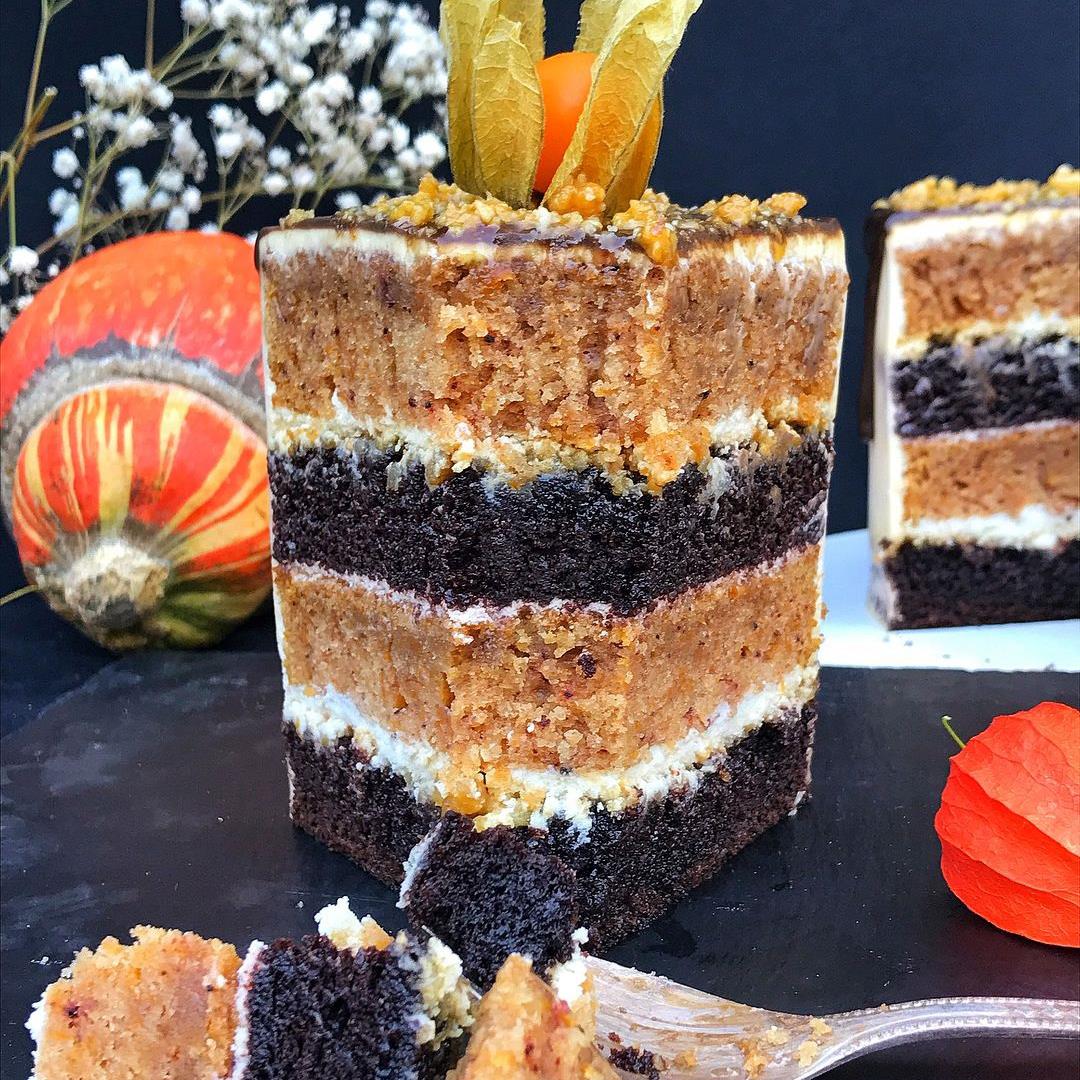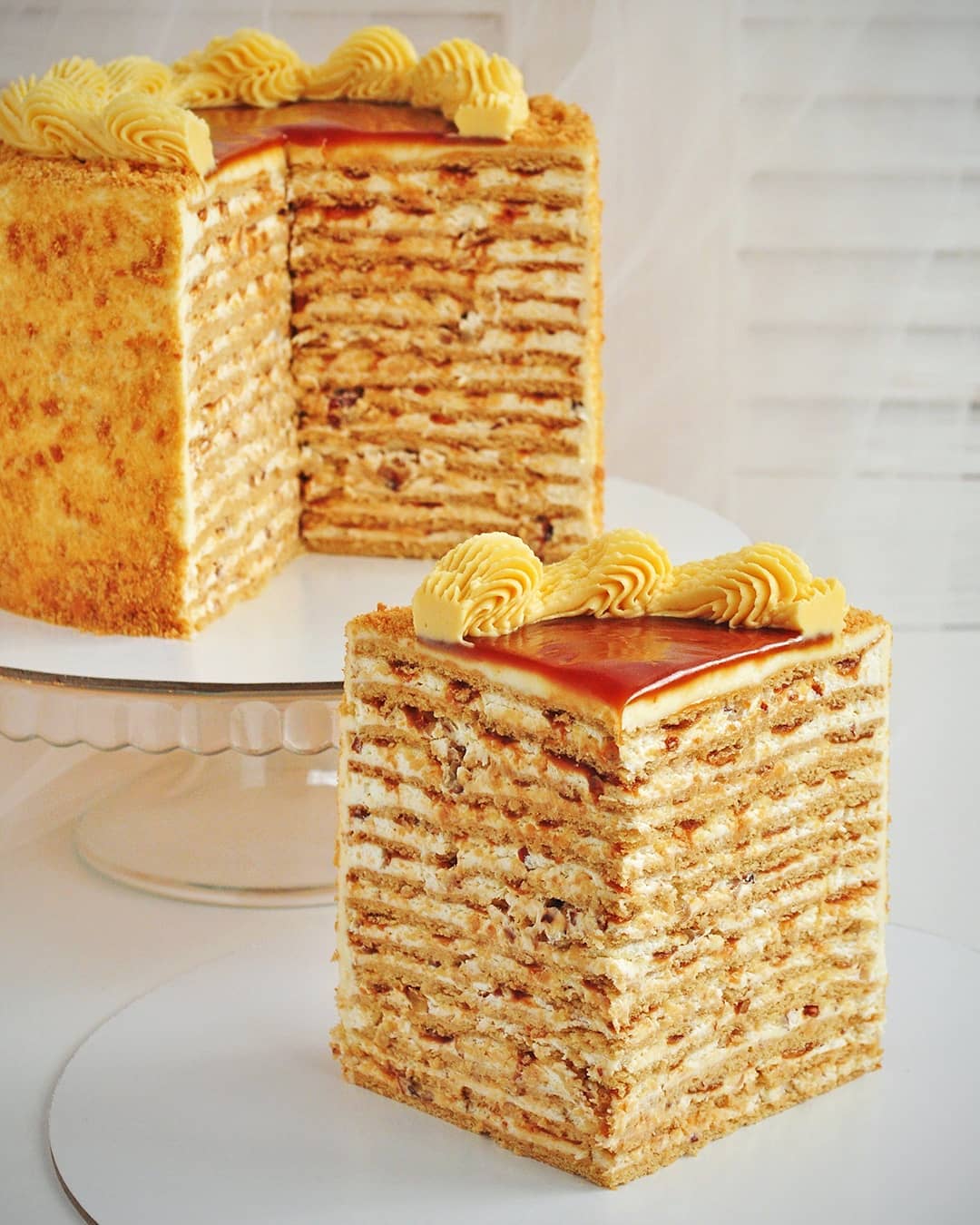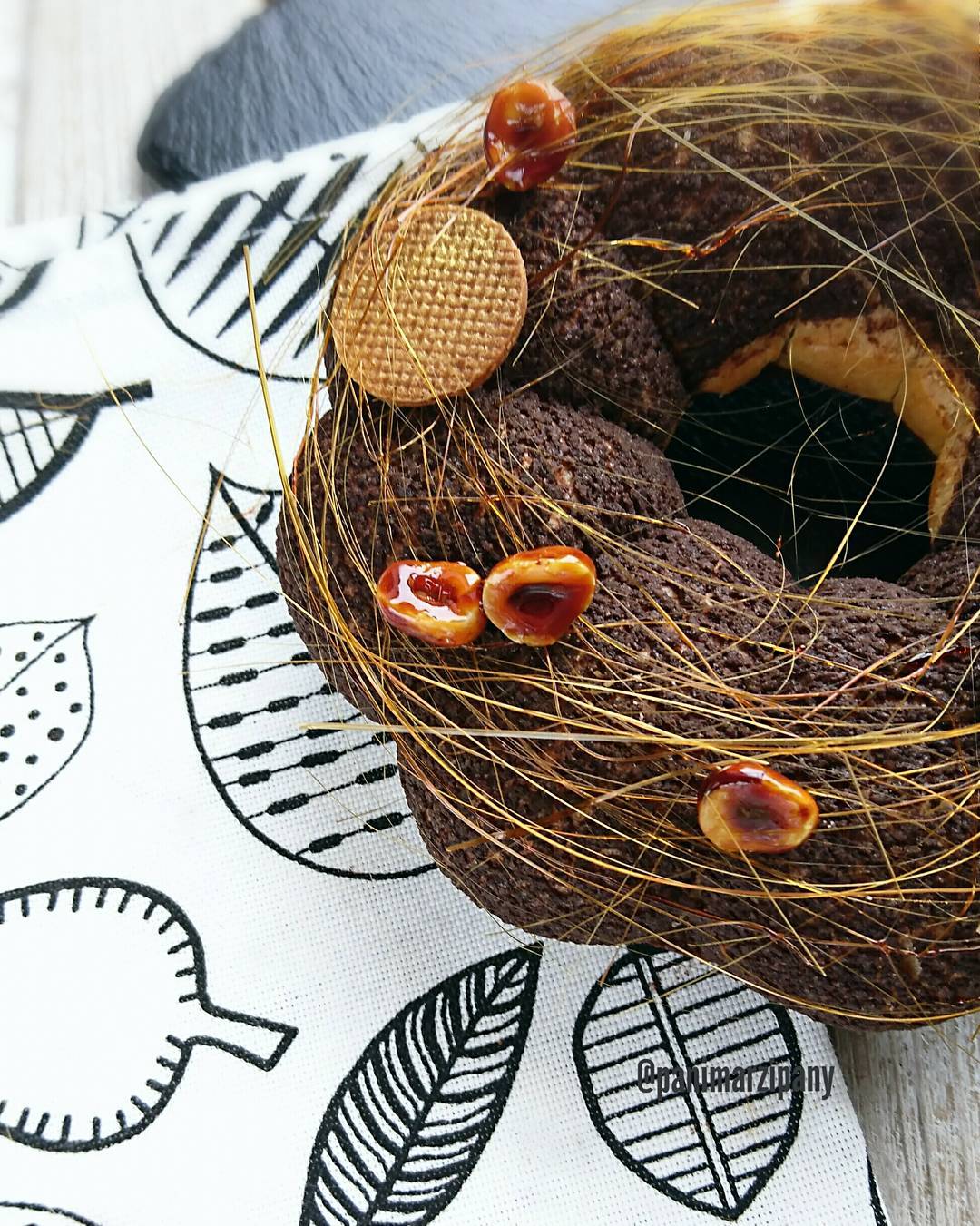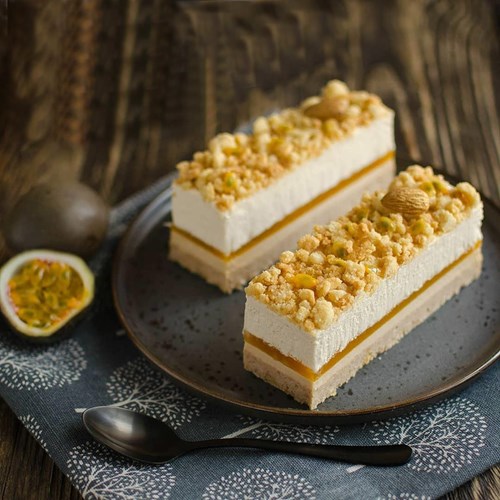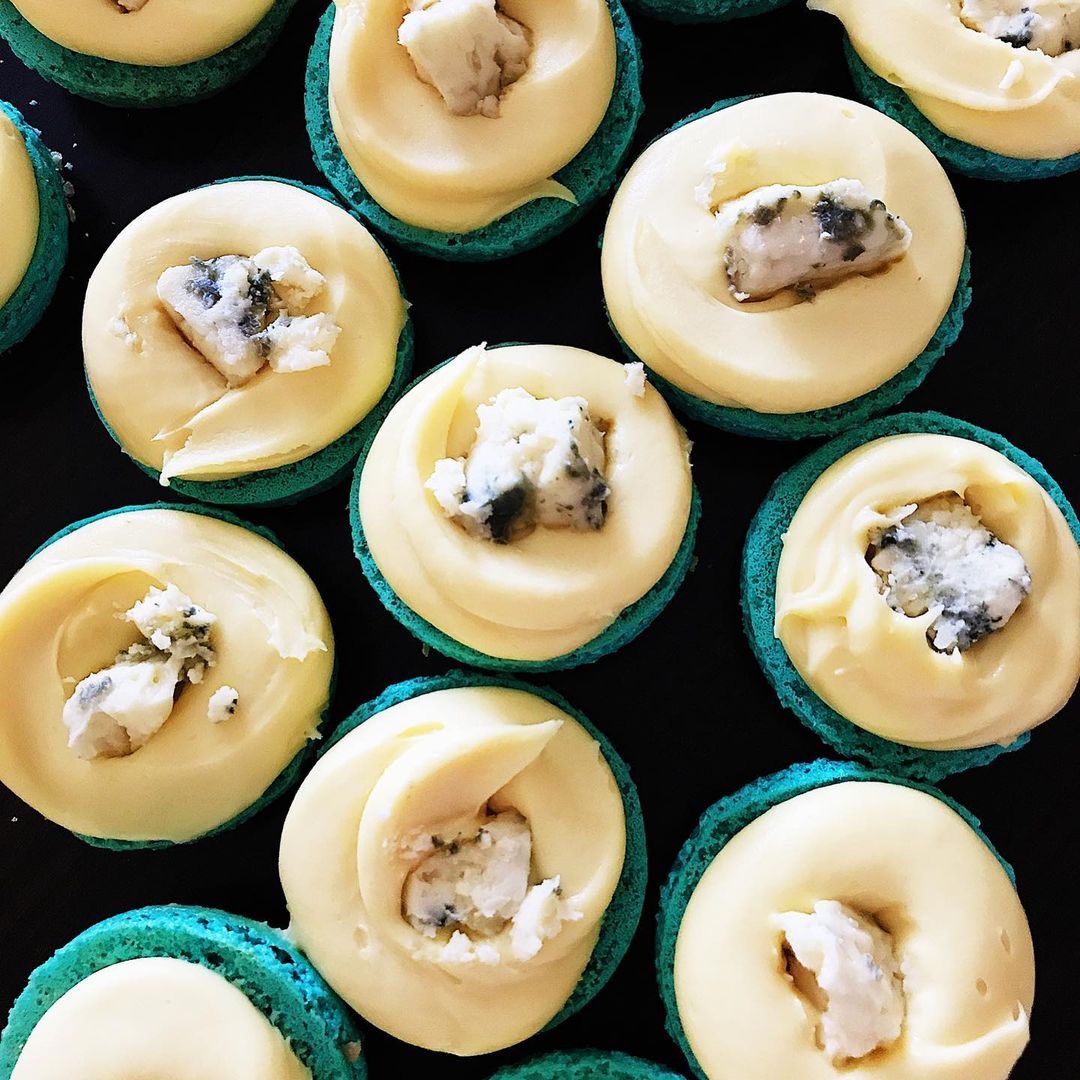Ingredients
Cake Layers (16 cm)
Cream
Instructions
Step 1
Step 2
Step 3
Step 4
Step 5
Step 6
Step 7
Step 8
Step 9
Step 10
Step 11
Step 12
Step 13
Step 14
Step 15
Step 16
Step 17
Step 18
Step 19
Step 20
Step 21
Step 22
Step 23
Step 24
Step 25
Step 26
Step 27
Servings
Equipment
Essential for combining ingredients. Stainless steel bowls are great as they won't absorb odors or colors from the ingredients.
Perfect for mixing your cream and custard to a smooth consistency. A balloon whisk works best to incorporate air into cream mixtures.
Optional but useful for creating a smooth coconut paste if none is available. A high-speed blender will ensure the coconut flakes turn into a fine paste.
Help in baking the cake layers evenly. Line with parchment paper for easy removal of the cake layers.
Rolls out the dough evenly to ensure consistent layers. A wooden or marble rolling pin works best to avoid sticking.
Can be used to cut the butter into the flour if you want an even quicker prep time.
Key for chilling the dough and setting the completed cake, so ensure you have enough room.
Variations
Faq
-
How do I keep the butter from melting too quickly in the dough?
Ensure that the butter is very cold, even frozen. Using a food processor or a spoon to mix can also help keep it cool.
-
Can I use regular milk instead of coconut milk?
Yes, but the coconut flavor will be less pronounced. Coconut milk adds a unique richness and taste to the cream.
-
How do I know when the custard is thickened enough?
It's ready when it coats the back of a spoon and holds its shape when you run your finger through it. Be sure to keep stirring to avoid lumps.
-
Is it okay to skip the refrigeration step when making the dough?
No, chilling the dough is crucial to ensure it's firm for rolling and baking properly. It also helps in developing the right texture.
-
Can I prepare the cake layers in advance?
Yes, you can bake and store them in an airtight container at room temperature for up to 3 days or freeze them for longer storage.
-
What's the best way to keep the coconut paste smooth?
Ensure that the coconut flakes are finely ground. A few pulses in a high-speed blender usually do the trick.

